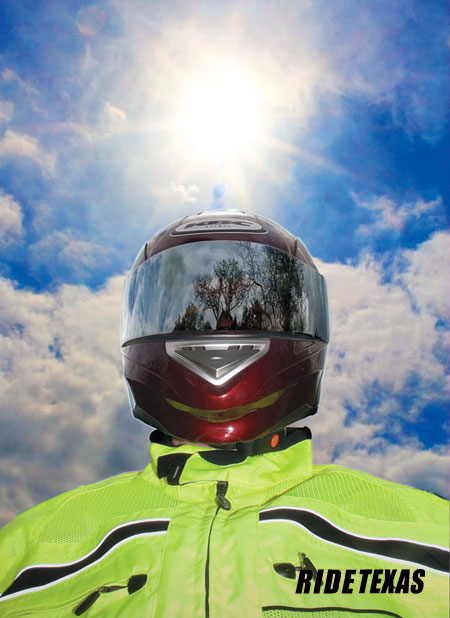
By Ernest P. Jones, Jr. MD
There is a spectrum of heat-related illnesses ranging from minor to life threatening. The most common are fortunately the minor varieties but, if not discovered and treated they will progress to the life-threatening types. Minor health illnesses are: heat edema, prickly heat, heat syncope and heat cramps. Heat exhaustion and heat strokes are life threatening.
Heat-related illnesses
- Heat edema occurs when feet and ankles swell and is due to blood vessels expanding from heat. This usually resolves by itself and is very minor. Support hose can be worn for prevention of heat edema.
- Prickly heat is an itching rash on the skin due to blockage of sweat gland pores. The rash is usually confined to clothed areas where sweating does not occur because of blocked pores. An antibiotic ointment will treat this easily. Wearing light, loose-fitting, clean clothing can prevent prickly heat.
- Heat syncope occurs when you become lightheaded, dizzy, weak or pass-out in the heat. Treatment for heat syncope is assuming the horizontal position.
- Heat cramps produce cramps in frequently used muscles. Cramping often accompanies profuse sweating in people who replace fluid losses with a large amount of plain water. Heat cramps are related to salt deficiency. Treatment consists of rest, muscle massage, and salt replenishment.
- Heat exhaustion occurs with excessive sweating from being in a hot and humid environment, and body fluid replacement is not keeping up with fluid loss. Symptoms include weakness, headache, nausea, decreased appetite, vomiting, fast heart beat and occasionally muscle cramps. Treatment includes rest in a cool environment, fluid and salt replacement and body cooling. Heat exhaustion can lead to heat stroke.
- Heat stroke is a more extreme case of heat exhaustion and temperatures will exceed 104 F. Heat stroke is a catastrophic life-threatening medical emergency. Symptoms include those already discussed for heat exhaustion as well as confusion, agitation, seizures and coma. When dealing with heat stroke, cooling the body is a priority. Disrobe and cool the skin, including fanning, as soon as possible.
Tips
- To replenish body fluid and salt, an appropriate mixture can be made by mixing 1/4 teaspoon with one quart of water. This mixture is very palatable to taste. Sports drinks do not have enough salt, have too much glucose are relatively expensive when compared to salt water. Sports drink are essentially overpriced sugar water.
- A good way to tell if you’re keeping up with salt losses is to checking your urine. It should be clear. If it is not, keep drinking.
- Loose fitting, well ventilated clothing will enhance evaporation and light colored clothing will reflect rather than absorb heat.
- Cooling should be performed with most heat illnesses, but it’s priority with heat stroke. As much clothing as possible should be removed from the body and cooling with ice and/or water in areas of high blood circulation (i.e., arm pits, wrists, groin and neck) should be done expeditiously taking advantage of convection.

